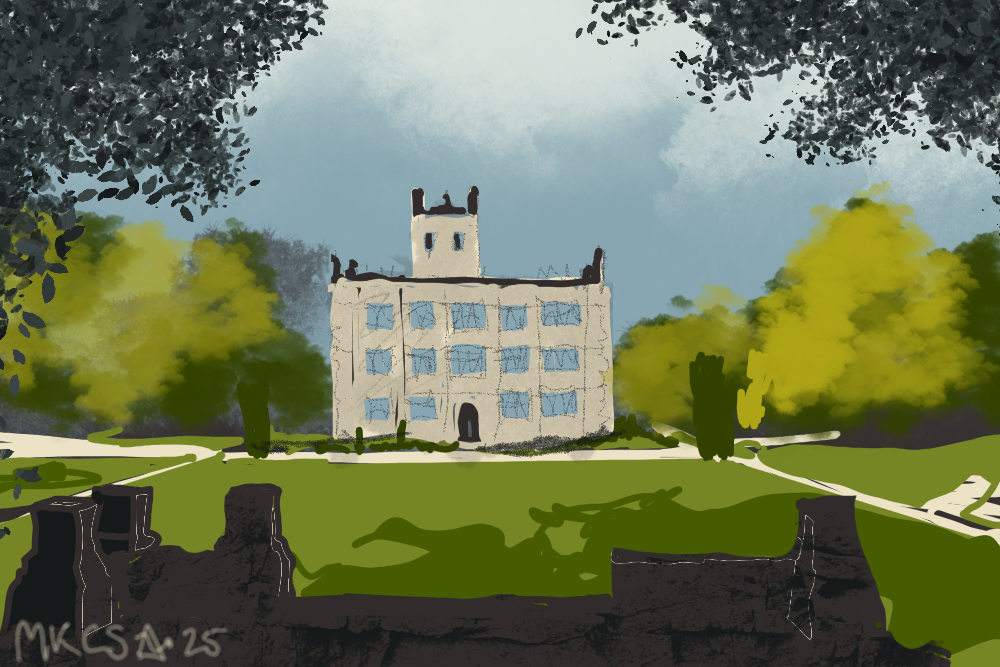Power and class in the Chrestomanci series

In Charmed Life, by Diana Wynne Jones (1977), we see a young boy with magical powers going to live in a castle, where he will be taught how to use his magic.
(Before assuming this is a knockoff of any other children’s fantasy, it is important to note that in 1977, when Charmed Life was first published, this was a slightly less well known trope.)
Cat, the boy in Jones’s book, has an elder sister, Gwendolen. Cat is able to use minor powers at best, while Gwendolen is a powerful witch. They live in a class-conscious world, in which magical titles are a combination of class-based and power-based. ‘Witch’ mostly seems to be a lower middle class title. And Cat and Gwendolen have been living a lower middle class life as the wards of a working witch, in their hometown.
They both have a lot of expectations that the reader shares, as they arrive at the castle of the enchanter, the Chrestomanci. They assume that the life style will be that of a wealthy feudal overlord, the kind of person who lives in a castle in a fairy tale: an aristocrat. And they assume they are being brought there to take their magically ordained places as members of the aristocracy.
However, they are disappointed. The inhabitants of the castle do not represent feudal power or the traditional aristocracy at all. They are living an upper middle class lifestyle and working as public servants. The castle has been nationalised, probably at some point in the last fifty years. Chrestomanci turns out not to be a title, but a job title. And while the man who fills that role wears gorgeous robes, this is because he is often called out (by instant teleportation) after normal working hours, to a wide range of countries and worlds, and he has organised for his work uniform to be a fabulous, but comfortable dressing gown that will be reasonably suitable for all possible occasions. What looks like an ostentatious conceit turns out to be remarkably practical. (Although it is clear the character also very much enjoys wearing fabulous robes.) The children are treated like normal children and given healthy food and history lessons.
What all this means is that rather than representing a way for the children to join the aristocracy, what the castle offers is a comfortably middle class world, in which the highest calling available is that of a slightly harassed public servant. It is very clear that while the hierarchies of Puss in Boots (Perrault, 1697) or The Princess and the Goblin (MacDonald, 1872) may have been around when the castle was built, they have been replaced by a democratic system that hires talented and skilled workers to ensure fair treatment for the people.
It is the triumph of an egalitarian system over the old aristocracy.
Jones uses this for comedic effect throughout the book, but she also contrasts it with one of the secondary worlds’ we see, in which a world has the full fairy tale political set-up, with a queen ruling, supported by advisors and surrounded by a court. While this looks attractive to at least some of the characters in some ways, it becomes increasingly clear throughout the book that this traditional model of society is much less attractive than the comfortable bureaucracy of the main world’s set-up.

